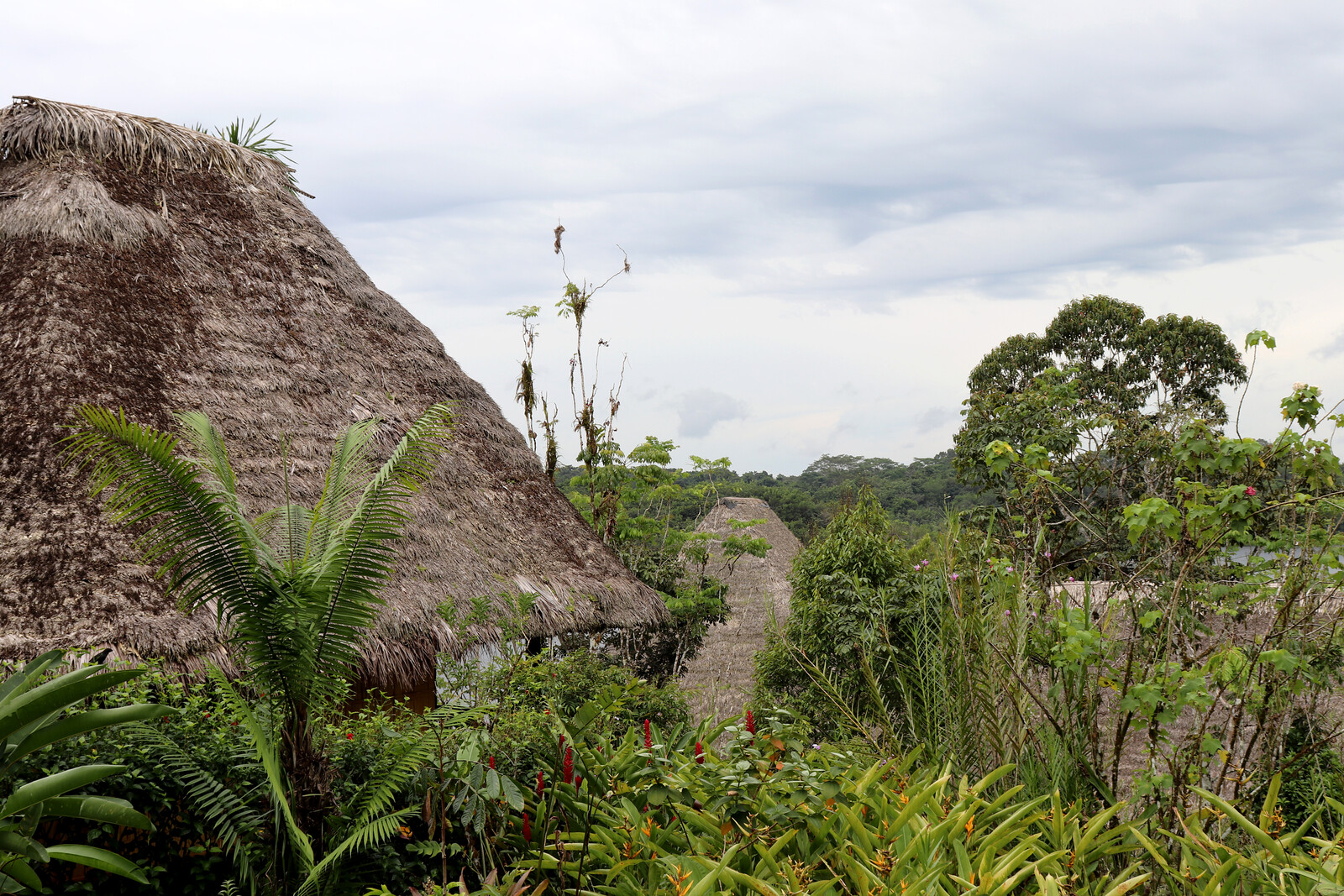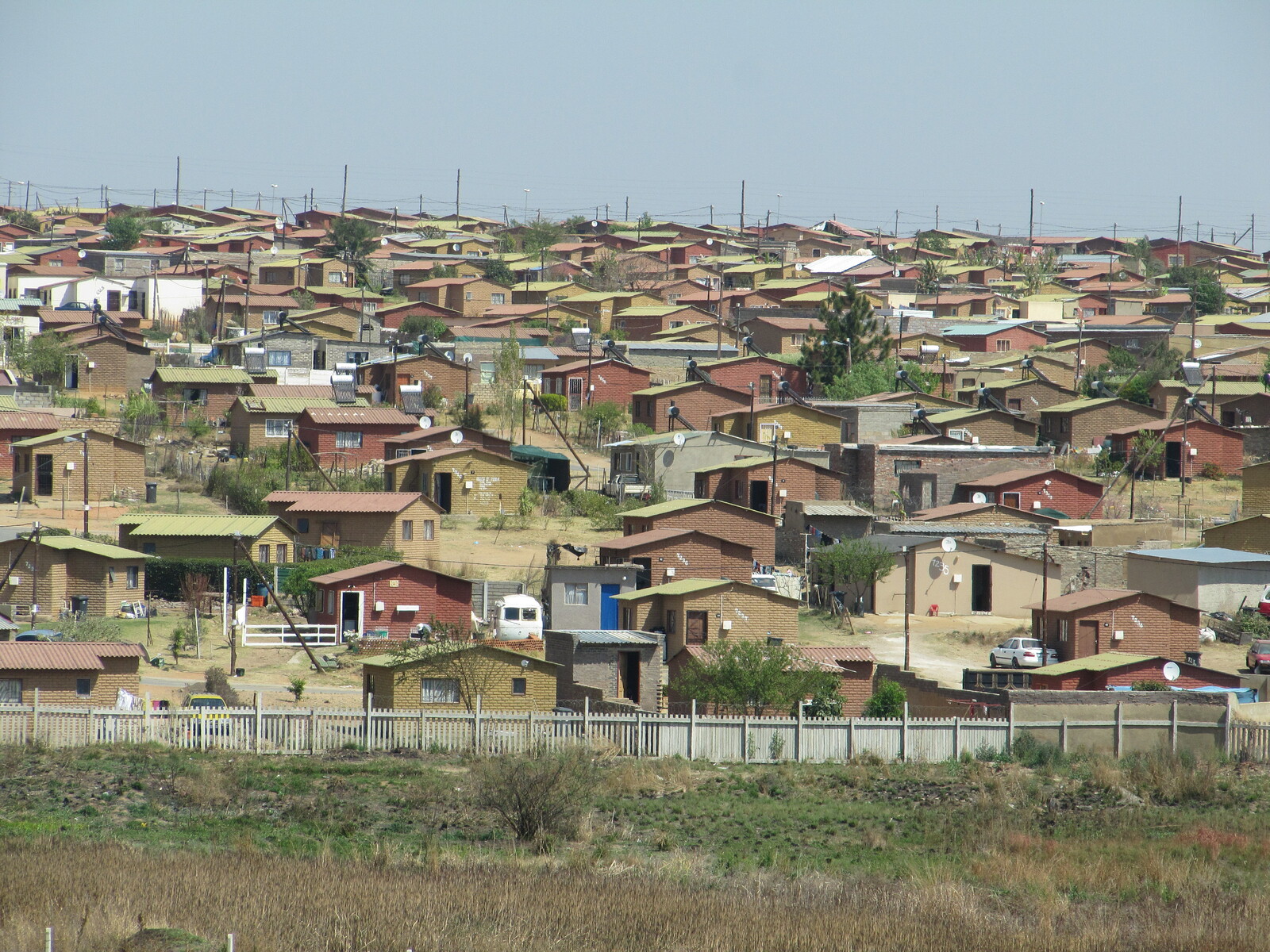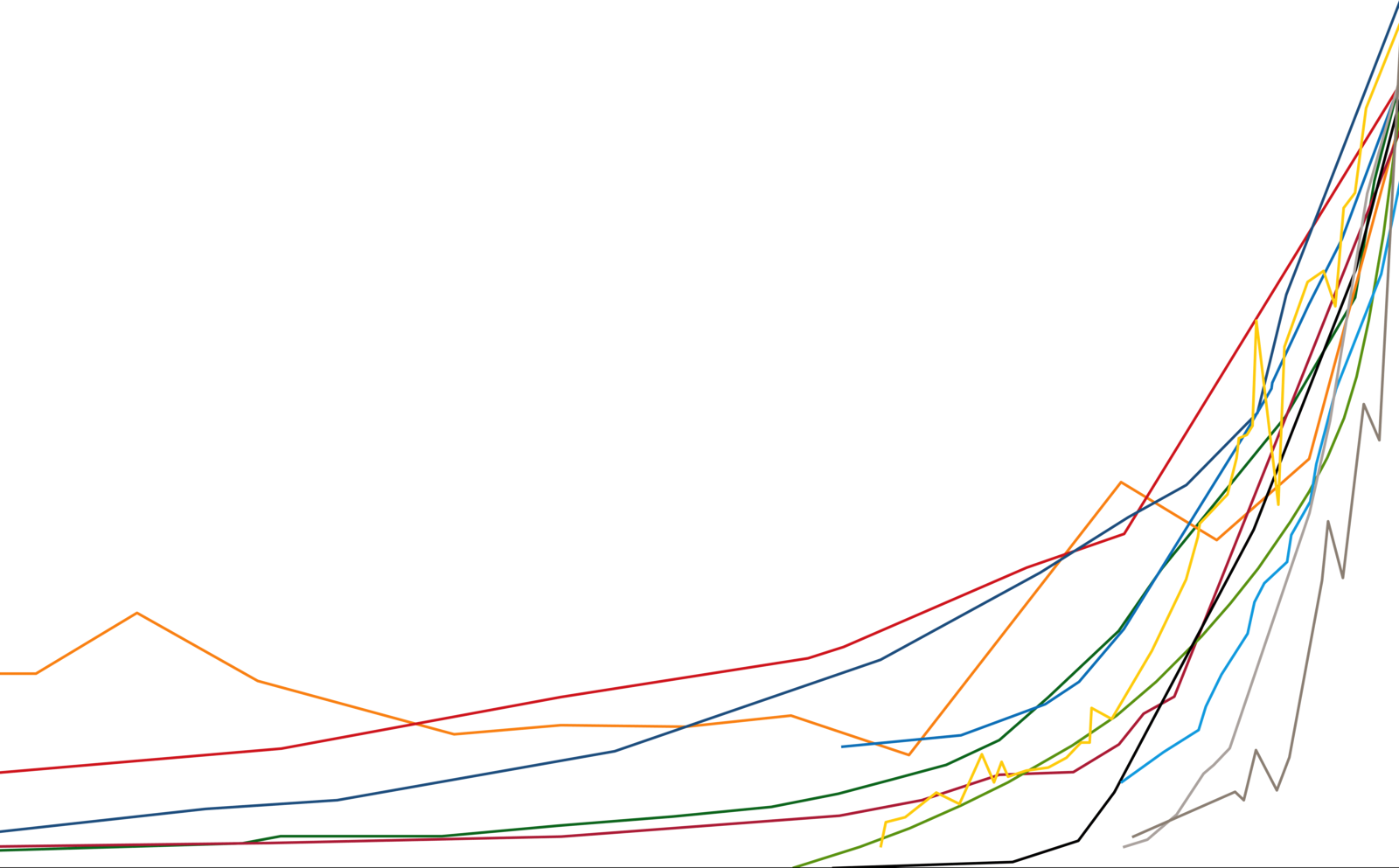The good citizens of Oslo have high expectations of their city. And in the same way as cities all over the world, Oslo often fails to deliver. Things are late. Broken. Confusing. Inconsistent and irritating. The city is, for example, quite literally full of holes. And as soon as one hole is filled in, someone digs another one in the never-ending quest to upgrade and improve something or other. In order to appease their citizens, the Oslo Municipality in 2012 launched an online interactive service called Bymelding, where people can report niggles large and small and expect to have them fixed. It is similar to the nationwide online service FiksGataMi, or FixMyStreet from 2011, where hundreds of local irritations are reported every week.
Oh, the joy of complaining, of pointing out mistakes and irregularities, everything in life that fails so miserably to live up to expectations. There is no end to the things that need fixing in a city. One can only imagine what would happen if this niggle-collecting was extended into other areas of urban activity than roads and roadworks. What of all the things that are more serious than holes in the road—the big mistakes, the lost opportunities? Injustice, negligence, corruption? Where is the app for registering those? Or the app for registering the high points, the really successful times and places that are also part of every city, the things that really work, points of ingenuity, spots of surprise and beauty? Or the new ideas, the brilliant associations sparked by the absurd juxtapositions that arise in a city every day, the solutions, the visions?
Every city inevitably offers its particular disappointments. Perhaps it is these failures, rather than the usual postcard snapshots of perfection, that best describe the dynamics of a city? The things that are missing, unfinished, still undone, rather than the supposed satisfaction of things that worked, ideas that were realized, the sensible agreements, the satisfying compromises? Satisfaction and disappointment are both born of expectation. And what is a city, if not a field of expectations? The city is not; it is always becoming. A city may have a name, like “Oslo,” but it is not an object; it should be a verb, not a noun. A city is an endless layering of processes that may result in spots of surprise and moments of beauty, but that are equally likely to leave you wanting. Essays that reflect on the processes of urbanization and urban change often read as laments over what once was. People move. Monuments crumble. Traces are swept away and forgotten, lights turned off. And then new plans, new needs, new expectations, keep emerging. The idea of stability or consistency is always at work in a city, but it is never a reality.
Conventionally, urban growth is seen in terms of different geometries of expansion. Recent decades have also focused on making existing cities denser, but even this is thought of as a process of addition, inscribed in the conventional idea of growth as a linear process of investments and profits. But the slow process of becoming and disappearance is also a form of growth. Growth as slow and diverse accretion and shedding, layering, gradual loss or restoration; cyclical rather than linear or expansive. Processes driven by opportunity and vision, but also by irritation, by lack, by disappointment. In a city, you see these cyclical processes of accretion and disruption everywhere. We just haven’t worked out how to make them work for us. Instead, we go on expecting stability and predictability; a city with a final, finished form.
Physical constants
In any city, there are a number of constants that frame these expectations and direct the diverse patterns of growth. Some are physical, some social. The physical constants are usually easy to identify, and often have to do with the geographical reasons why the city is there in the first place: a river; a crossroads; a sheltered harbor. Even as the city grows and changes, some of these always remain: trees can be cut down, but the topography remains. Bridges can be moved and rivers can be tamed, but the watercourse is still part of everyday city life. In Oslo, the deep Oslo fjord is one such constant; another is the surrounding crest of forested hills. Both have shaped the history, the present-day reality, and the future of the city.
Oslo grew from a small prehistoric settlement at the innermost point of the deep and well-protected Oslo fjord at a natural crossroads of the land routes from the long Norwegian coast into Sweden and onto the rest of the European continent. From the historical core by the fjordside, the city developed with the increasing industrialization and population growth, climbing up towards the surrounding hillsides, stretching out along the fjord to the east and west, and finally north-east into the Groruddalen valley, filling out its present borders.
But even today, Oslo is not a metropolis; it is a small, provincial city at the edge of Europe. This gives Oslo one of its other main physical characteristics: the presence of the forest. In any small city, you quickly reach the edges, but in Oslo, the edges are visible right from the city center, and in the summer the green of the hills seems to stretch right into its heart. Despite the increase in population—from 227,600 residents in 1900 to 674,736 in 2018—Oslo is one of the “greenest” cities in the world. According to a recent study, Oslo has a “green view index” of 28.8%, placing it among the very top scorers, along with cities like Tampa, Florida and tropical Singapore.1 This score only counts street trees, however, and neither parks nor naturally forested environments. Two thirds of the area of the Oslo Municipality is actually forest.
To the west, north, and east of the city stretches the Oslomarka, a vast tract totaling some 1,700 square kilometers, 310 of which are within the municipality itself. One of Oslo’s constants is its border with Oslomarka, which marks the absolute edge of the city’s building zone: Oslomarka is not a land reserve for urban expansion, but an absolute no-build zone. The border was established in 1934 to secure Oslo’s water supply. It became the focus for a growing environmental concern through the 1960’s and 1970’s, and since 2009 has been protected by law. 70% of the Oslomarka is privately owned, and even though there is extensive logging throughout most of it, it is very well used for recreation, and public access is secured by local legislation and ensured by volunteers who signpost paths and trailheads and maintain a vast network of cross-country skiing tracks in the winter.
Social constants
The value attached to the Oslomarka is a central condition of Oslo, and as the city has grown and gotten denser, this border has become ever more present, both as a matter of debate as the need for new building sites increases the pressure on no-build zones, and as part of everyday life, as more people are making use of the area. Throughout the year, this forest is the citizens’ largest playground. According to statistics, 80% of Norwegians have been for a forest or mountain hike in the last twelve months; walking is by far the most popular leisure activity.2 On a sunny summer weekend in the Oslomarka, the route from the Sognsvann metro stop up to the nearest ice cream-selling sports lodge at Ullevålseter, a short hike of some five kilometers, is so packed with people of all ages it has been nicknamed “the E6,” a name taken from the motorway from Oslo to Trondheim. Paradoxically, the forest is an important part of urban life, and not only in Oslo. It is the arena for playing out an important part of the Norwegian self-image: freedom defined as the right to move across common land. The confinements and the congestion of the modern city can be tolerated during the working week, as long as you are free to roam on the weekends.
This aspect of Norwegian culture has historical roots. The Allemannsretten, the so-called “Right to roam,” is the heritage of a long history of subsistence agriculture. As only 4% of Norway is arable land, not a lot can be cultivated, and it was necessary for most people to supplement what could be made from farming and fishing by gathering berries, mushrooms, small game, and whatever else uncultivated land had to offer. The right of everyone to take part in nature’s bounty, as it were, was a historical tradition, formalized and secured by law in the Outdoor Recreation Act of 1957, which allows everyone access to and recreational use of uncultivated land, irrespective of who owns it.3
As democratic as this sounds, however, it is limited to recreational use. To a lot of Norwegians this is no small thing, as how you spend your free time is a major indicator of social status.4 It is not for nothing that the major financial daily newspaper, Dagens Næringsliv, every year devotes huge sections to the run-up and results of one of the country’s biggest amateur cross-country skiing races, the Birkebeineren Race. Both taking part, and of course improving your individual results in the race, is seen as an indication of your focus and devotion, in business as well as in your personal life.
Oslo has always been intimately connected to the water as well—to the fjord and the rivers, and development along the water’s edge has made major shifts in city’s economic base visible. As Oslo grew, the shift in waterfront activities from goods and shipping to leisure, offices, and high-end apartments has reflected the general shift in the Norwegian economy from industrial production to service industries. In Norway’s heyday of industrialization in the mid 1800s, half the working population of Oslo—or Christiania, as it was then—worked in industry. Today it is less than 8%. Along the harbor, large chunks of prime real estate that were previously owned by public agencies like the port authority and the state railway company were sold off in the 1980’s and 1990’s through public-private intermediary property companies, formed to realize the value of public land as part of a privatization drive. These companies planned developments and readied the sale of land to private developers. The operations that have taken place over the past fifty years along the Oslo harborfront are representative of a shift in urban development practices, one that has taken place not just in Oslo but throughout the world, in which urban planning has become a field driven to a large extent by private investment, and thus open to the machinations of property speculation.
Not just along the waterfront, but in the rest of the city, too, this shift is particularly critical in the field of housing construction, which in Oslo is almost entirely privatized. A social constant in any city is the need for housing. No housing: no city. Where this housing is located, and who gets to live in it, is a crucial factor in urban management anywhere. In the case of Oslo, it also offers a useful handle on some of the important social factors shaping the city today, and on a particular aspect of urban growth.
75% of Oslo’s population owns their home, as a result of a post-war housing policy that subsidized public as well as private housing construction and regulated house prices and rents. The housing market was deregulated by the conservative government in 1981. The subsidies and price regulations were cancelled, and loans restrictions abolished. Norway now has the most deregulated housing market in Europe, and house prices rose by 270% between 1992 and 2011.5 Most of the rental market is private and short term—just a temporary stop on the way to home ownership—and public housing—housing built and managed by public agencies—is reserved for the most disadvantaged social groups.6 Population growth and the increase in single-person households has driven property prices through the roof. New homes are built not to provide people with a lasting home, but primarily as investments. No one expects to stay in a new apartment very long. The aim is to live in the investment until it pays to sell, and then move up the property ladder with the profits.
For many people this has worked as a mechanism for financial gain. Years of record-low interest rates have made housing a lucrative market, both for developers and for homebuyers who were lucky enough to get in early. For those needing a roof over their head today, however, not so much. Given the desperation of an increasing number of young people and low-income citizens with no chance of buying into today’s housing market, the lack of available alternatives is critical. The expectation of home ownership looms large, both for politicians and for people. But if you cannot afford, or do not want, what is on offer from the high street real estate agents, and are not sufficiently destitute to qualify for public housing, the marketplace has nothing to offer. The result has been a kind of housing monoculture of practically identical developments aimed at middle class, double income customers. The development of the Oslo housing market makes it obvious that financial gain is not enough to secure a socially sustainable urban development.
Financial imagination
Population growth, however, has actually slowed in the last couple of years, contrary to demographic predictions. While the new city government tries to ensure that the increase in housing construction is maintained, there is an ever so slight shift in the balance of supply and demand, which seems to be an opportunity to think anew. The housing market is still hot, but the pressure to build to make the most of a ravenous market seems be easing a little. Is it possible that other, more innovative models, financial as well as architectural, could emerge in this interval?
Financial innovation in housing is sorely needed in Oslo. There is an amazing lack of imagination on the part of the banks when it comes to supplying homes for a growing segment of the dissatisfied urban population. There are currently no financial or regulatory incentives to form new kinds of co-operative associations that would encourage or at least allow people to sort the problem out for themselves. In Germany, for example, there are an increasing number of so-called Baugruppen, or “building groups,” where a number of people get together to finance and build the development they want to live in. Increasingly, too, banks give favorable loans to these groups, as the motivation of the participants as well as the high quality of the buildings make these projects very safe investments. Green mortgages are currently being seriously discussed by the EU as an instrument of the green shift, and may soon be a reality.7 Nothing like that is taking place in Oslo. With regard to housing, the mechanisms of private enterprise are simply not serving the consumers, and the marketplace is not providing any kind of innovation or “product development.” Housing developers all provide the same dreary product, with quality levels just within the confines of current building regulations, and the only competition is in price per square meter.
There is no app for this; nowhere for the citizens of Oslo to register their annoyance, frustration, or despair with the miserable offerings of the current housing market; no customer complaints department for bad ideas, or the lack of good ones. Housing activism has not brought any constructive results. A case in point is the story of Hauskvartalet, a group of nineteenth century buildings in the center of Oslo, owned by the municipality and squatted by activists for almost two decades. The squatters moved into the disused property in 1999, and started fixing up the buildings, partly with municipal help, and initiated a number of housing and cultural initiatives. In 2008, a city council unanimously voted for a local plan that formalized the area as an “experimental area for urban sustainability,” but the following year the municipality was ordered to sell the property on the open market for development. In 2014 architects Eriksen Skajaa Arkitekter, in collaboration with the Hauskvartalet users and residents, proposed a cooperative housing development on the site based on an extensive participation process, and submitted a bid together with an interested property developer. The municipality rejected the bid. The surrounding area is rapidly being gentrified, the value of the squatted property is rising, and the fate of the “urban sustainability experiment” is still uncertain. Far from being an interesting and potentially productive social and economic experiment and an opportunity to investigate other models of urban provision and growth, the story of Hauskvartalet is a reminder for developers as well as house buyers to steer well clear of any “experiments.” The housing market is set to go on operating unchallenged, with money remaining the main measure of value.
Registers of value
In the effort to manage the physical city and meeting citizens’ basic needs, city administration needs tools. We have laws, bylaws, and regulations that govern the way the stuff of the city is organized and the way in which public services must meet the basic needs of its citizens. The disappointment apps have been launched to deal with the easy part, the fixed objects and clear rules of the city: the holes and the rubbish that you can see, the agreements that are written down. It is easy to see where these types of things fall apart or fall short, and it is relatively easy to fix them. But through this weft of physical things and clear agreements there runs another web of other values, of other kinds of expectations and disappointments; a web of possibilities, of unrealized ideas, things almost seen, almost said, unclear and unfinished. Some of these threads are physical, and some of them are social; some are active, and others are more dormant.
Expectation is, of course, a main driver of value. This is not the place to detour further into the field of economics, but in urban development as well as in architecture, while we may think that money rules, we continuously attach value to things that have no practical importance or application, and even to things that do not exist. Our unrealized visions of the future determine the value of land, of material structures, and even, as in the case of Hauskvartalet, of people—the social value of the potential middle-class homebuyers is clearly higher than that of the squatters who are already there. In a discussion of growth and degrowth, the issue of expectation and disappointment becomes especially poignant. The lack of alternatives in the Oslo housing market is a symptom. A different vision of growth could offer alternatives. Could Oslo, then, be a good place for new ideas to appear?
Norway may not seem like the obvious frame for a discussion of degrowth as a proposition for a sustainable future. It is a country with an economy based on decades of exploitation of fossil resources; since the 1970s, oil revenue has greased the development of the welfare state and filled the national piggy bank. Although public spending from oil currently equals only a sober 8% of its national GDP, Norway has salted the profits of the petroleum industry away in one of the world’s biggest sovereign wealth funds. The national economy is dependent on a high level of personal consumption, and the democratically elected conservative government has just proposed a budget that fails to deliver on any significant sustainability goals, proposing instead another round of tax cuts for the richest segment of the population. Although the city of Oslo is currently run by a Labor-led coalition working hard to find sustainable urban solutions, and has been awarded the prestigious title of European Green Capital for 2019 by the European Commission, on a national level it seems to be firmly tied to the mast of a very conventional idea of growth as a product of resource consumption.
Architecture is a propositional discipline, and architects have always been looking for alternatives; it’s their job. They make a living from imagining things that are not already there, and so seem ideally placed to imagine a different future. But architects do not work alone, nor do the imagine things just for themselves; architecture is very costly, very complex, and making it happen involves a lot of different people. Changing the way architecture happens, then, also involves effort from all participants in the construction industry. In the area of sustainability and green building, for example, there is much talk of the so-called “circular economy” as part of the green shift.8 So far, the circular economy, at least in the building sector, focuses on material resources and energy consumption, and on turning a model of development that has so far followed a familiar line from resource extraction through use or consumption to waste, into a loop where waste is simply no longer part of the way we produce. The construction industry, which consumes a large chunk of our natural resources and an even bigger part of the world’s energy, is an obvious focus for transition to a circular economy.
But there is still something missing from the very promising circular business models, and the city is full of them: people. At a recent construction industry conference in Oslo, director James Drinkwater from the World Green Building Council described how achieving better buildings is, by now, relatively straightforward in areas like retail or office development. These sectors are already awake to the advantages of sustainability; they have the data, and big companies are already demanding LEED and BREEAM certificates. But private homes, for example, are much more difficult. Not to mention getting a handle on how to improve the 97% of the urban fabric that is already built.
This is where we need that other app, the one for good ideas, the register of small points of innovation and improvement that works at the same slow pace of accretion and wear as the everyday life of the citizens. An app for registering a kind of everyday ingenuity, for logging people’s real needs and possibilities. A register not of complaints aimed at fixing an outdated vision of the city of yesterday, but of improvements, innovations, and new solutions that can be realized, one by one in the same way as FiksGataMi’s holes. The aim of this app would not be a new vision of Oslo; a vision would simply replace an outdated and unattainable totality with a new and equally useless image. No, the aim would be to make it possible to slowly build a new city, bit by small bit, in parallel with what already exists, replacing reality from the inside. There really should be an app for that.
Overgrowth is a collaboration between e-flux Architecture and the Oslo Architecture Triennale within the context of its 2019 edition, and is supported by the Nordic Culture Fond and the Nordic Culture Point.
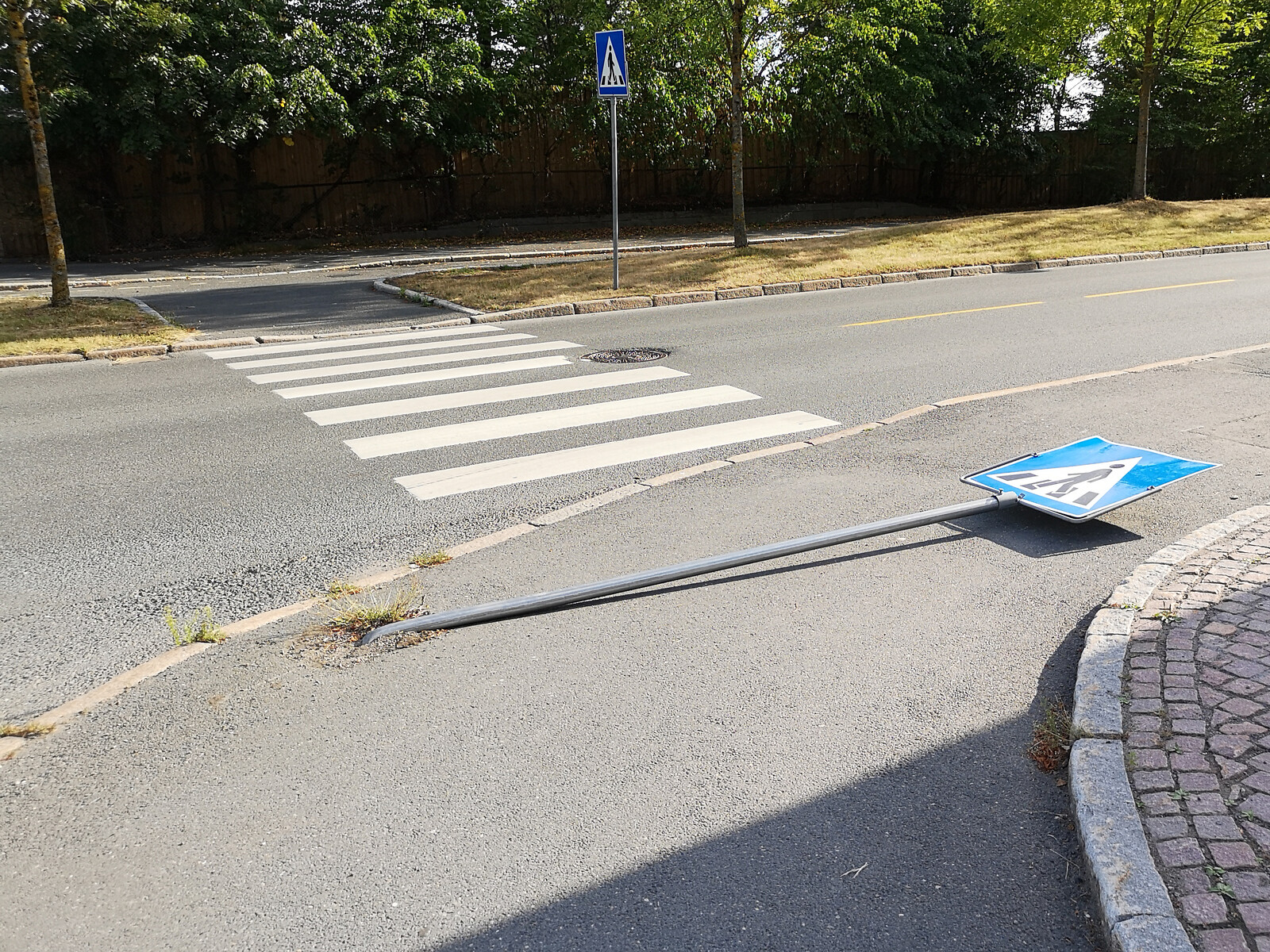






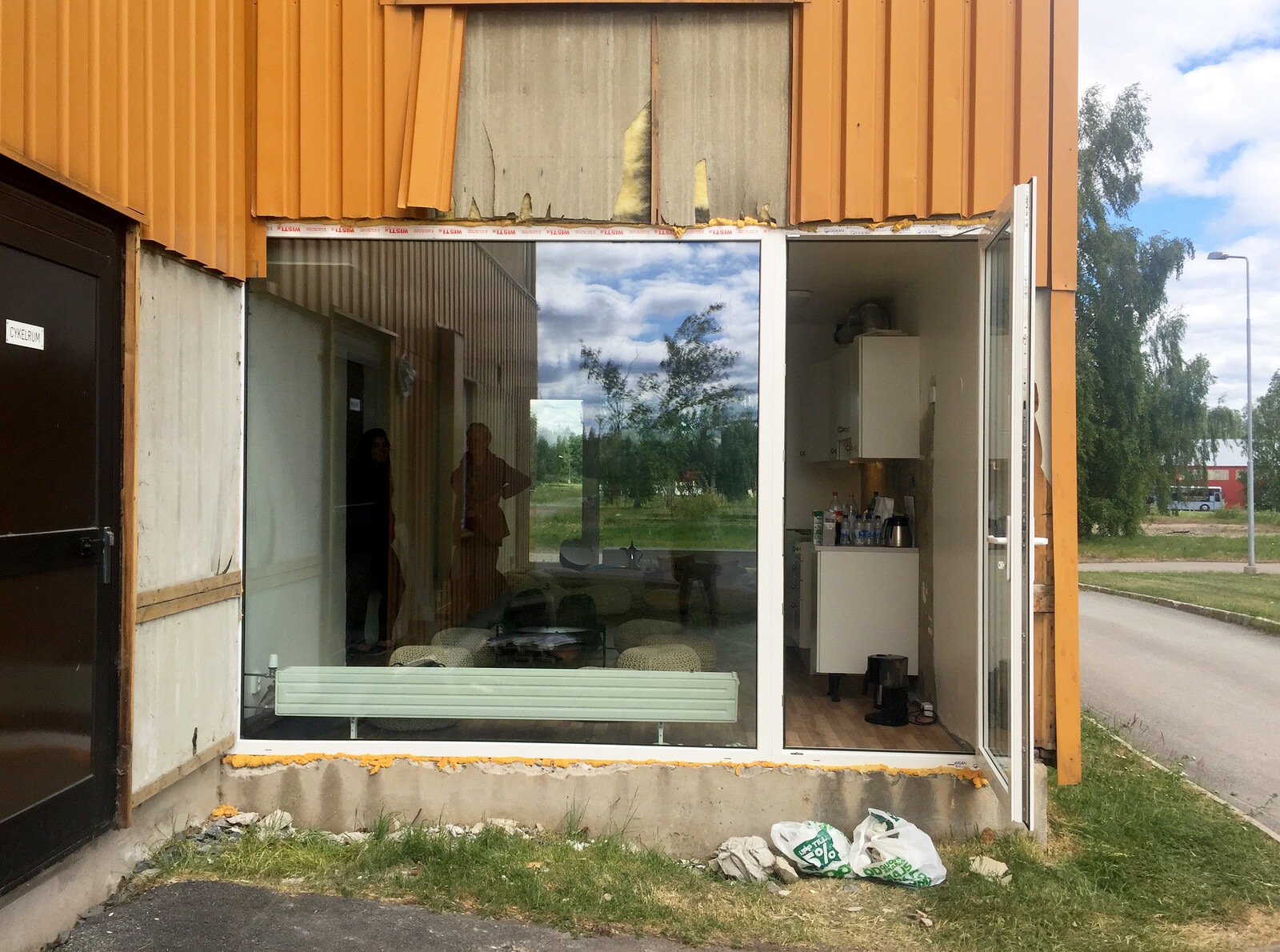
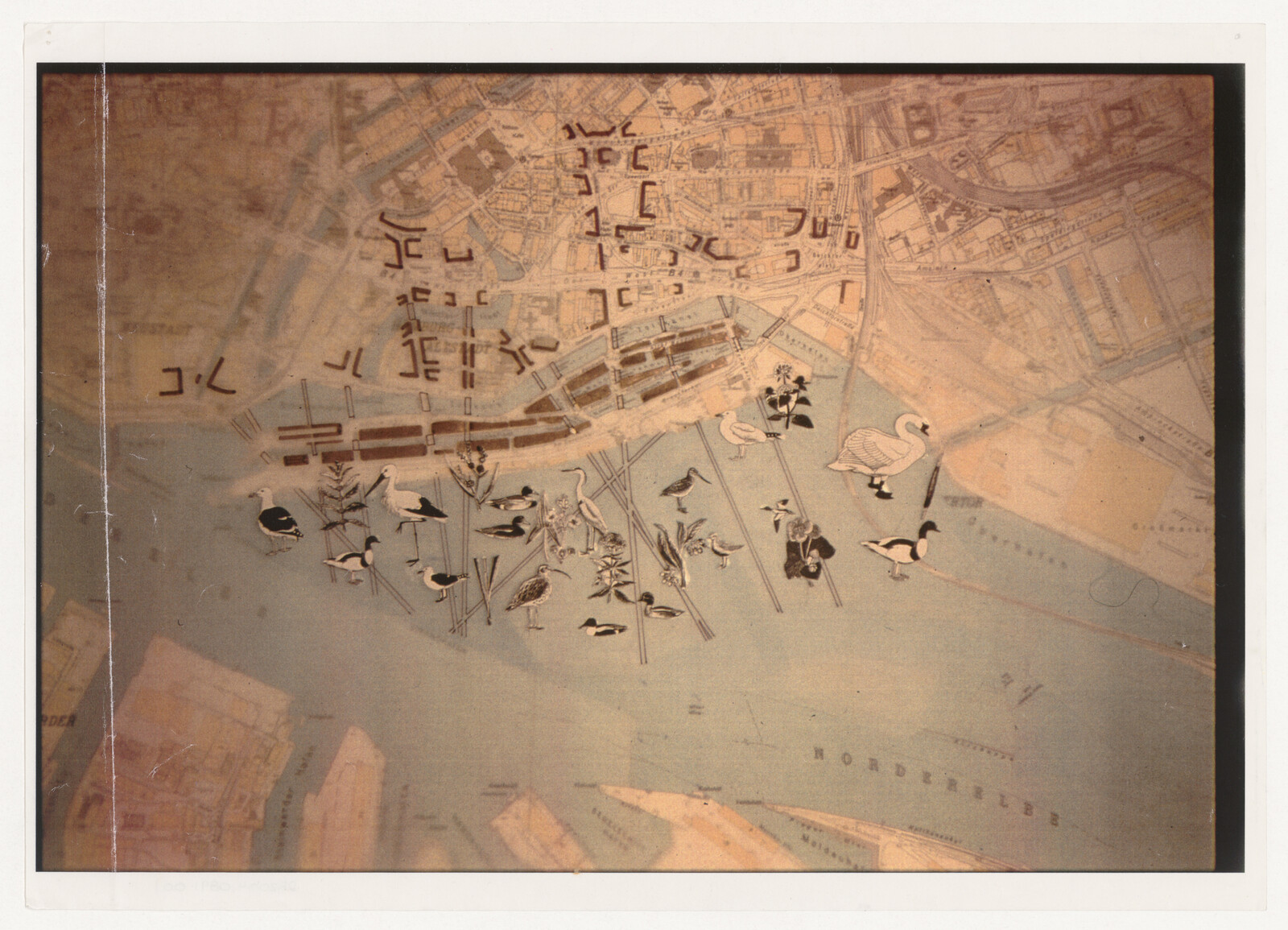

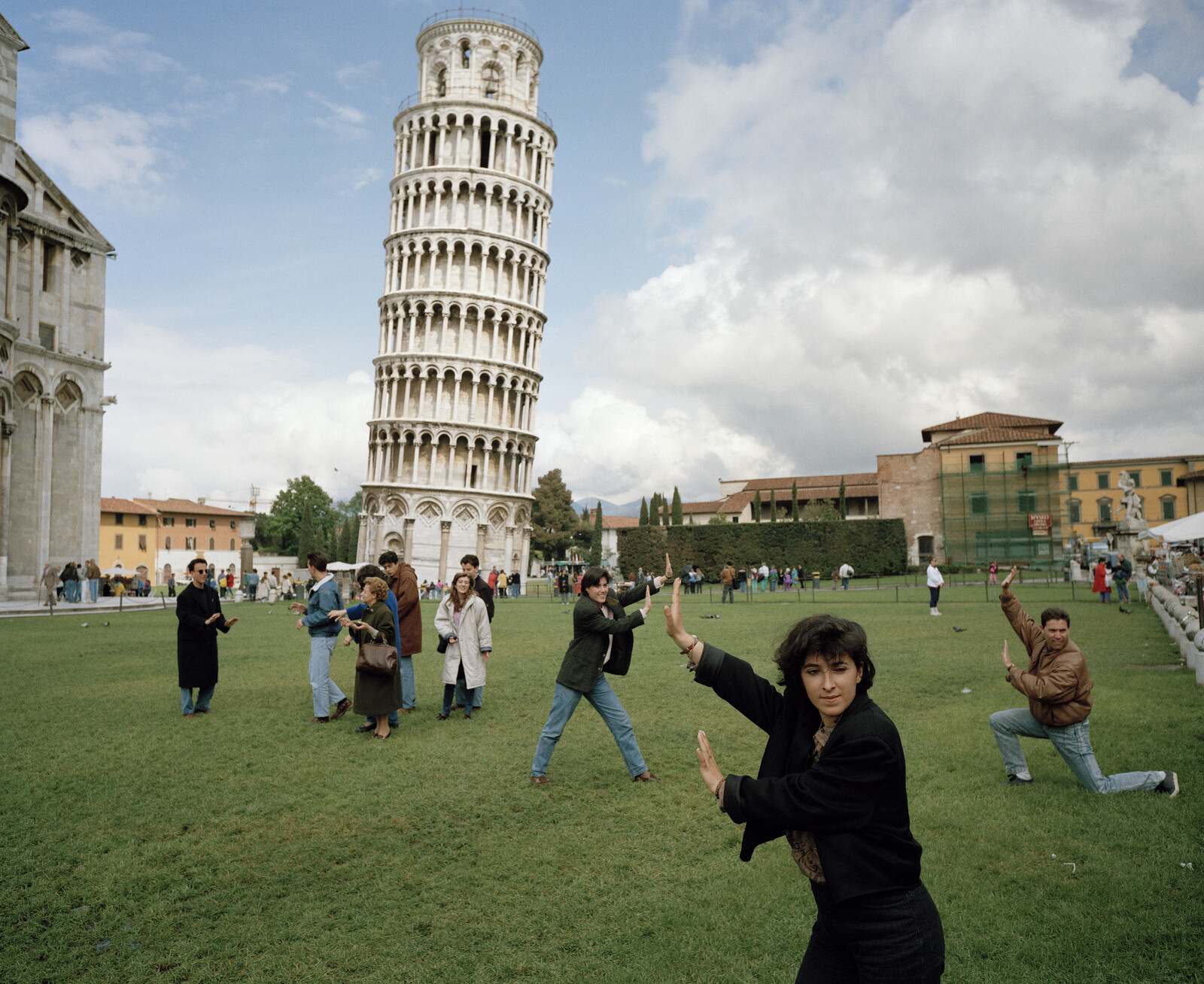

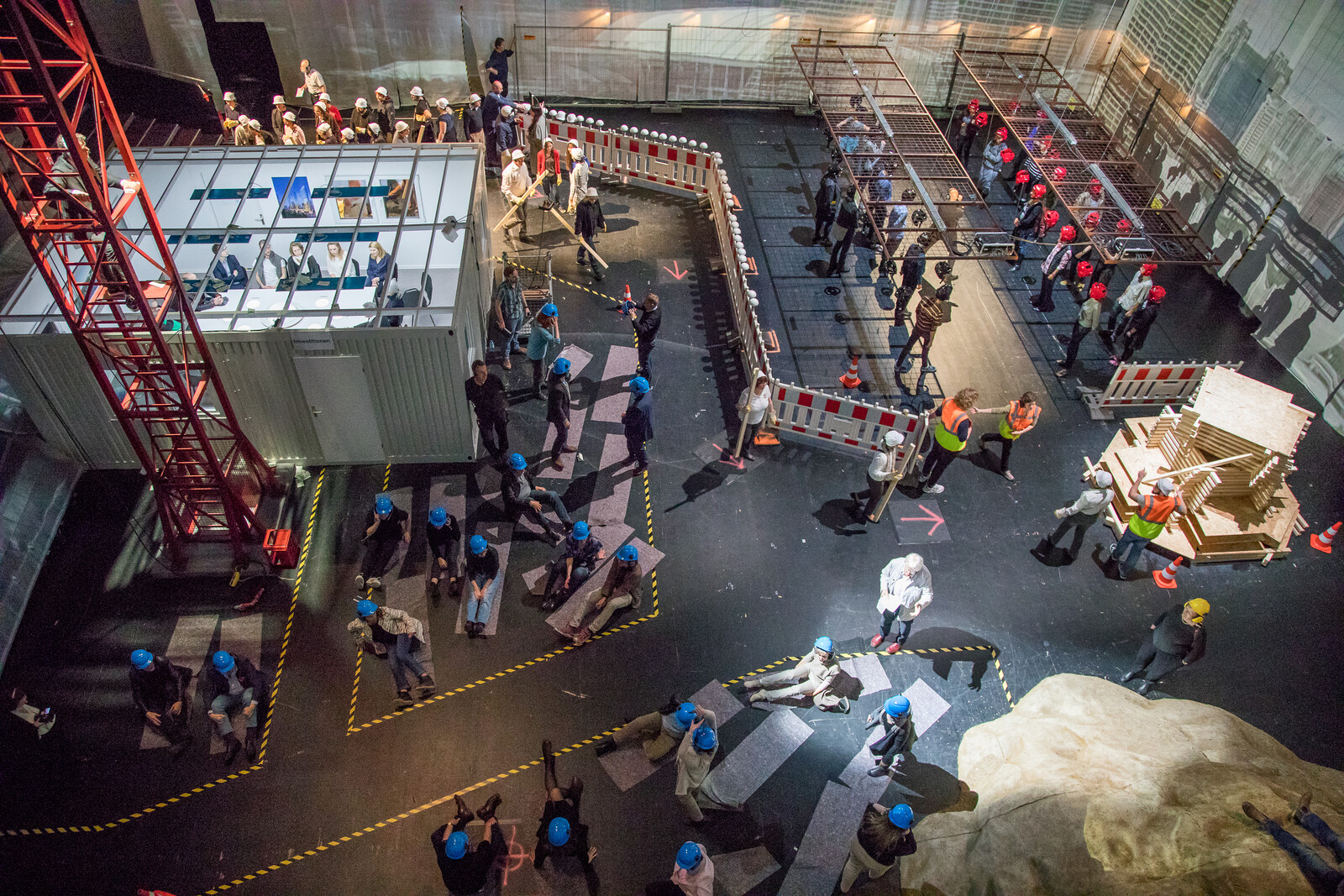

.jpg,1600)

.jpg,1600)
